Have you ever opened a new pattern, only to be met by a grid full of mysterious symbols? If charts feel like a puzzle, you’re in the right place! Today, we’re diving into reading charts with ease, and by the end of this post, you’ll not only see the magic behind those stitches but feel ready to tackle any chart with confidence.
- What Is a Knitting Chart, Really?
- Step 1: Know Your Symbols
- Step 2: Which Direction Am I Going?
- Step 3: Repeat Sections – Your New Best Friend!
- Step 4: Understanding Chart Rows
- Step 5: Reading Colorwork Charts
- Get Inspired – Projects to Practice Your Skills!
- Final Thoughts – Go Forth and Chart!
What Is a Knitting Chart, Really?
Knitting charts are like roadmaps, guiding you stitch by stitch without lengthy paragraphs. Each box holds the instructions for one stitch, and together, they create a visual map of your finished project. Unlike written instructions, charts are more visual, which many knitters find faster to follow once they get the hang of it.
Why Charts? The Benefits!
Charts offer several benefits:
- Quick Reference: Charts let you see the big picture and track progress quickly.
- Simplified Repeats: Complex stitch patterns (think lace, cables, or colorwork) are easier to follow.
- Visual Pattern: See how your project will look right from the start!
Let’s break it down, starting with symbols, direction, and reading between the rows. 🌈
Step 1: Know Your Symbols
Just like learning the alphabet, getting familiar with chart symbols is the key to reading charts. Here are the most common symbols and what they mean:
| Symbol | Meaning |
|---|---|
| blank box | Knit (RS) or purl (WS) |
| dot | Purl (RS) or knit (WS) |
| slanting line / | K2tog (right-leaning decrease) |
| slanting line \ | SSK (left-leaning decrease) |
| circle | Yarn over |
Each pattern should come with a key that matches its specific symbols.The colorwork chart is a great entry point, showing how symbols for color blocks make a bold, beautiful statement.
Step 2: Which Direction Am I Going?
The direction you read your chart depends on whether you’re knitting flat or in the round:
- Flat Knitting: Odd-numbered rows (right-side) are read from right to left, while even-numbered rows (wrong-side) are read from left to right.
- Knitting in the Round: Each row is read from right to left, so you’re continuously moving in one direction around the chart.
Step 3: Repeat Sections – Your New Best Friend!
Many charts have repeat sections that help break down larger motifs or patterns. These are often shown in bold lines or brackets and repeat across the row or within a certain section.
Take our Mirrorball Dog Vest, for example. This pattern’s cables has repeated sections, so you can focus on repeating small sections across your row instead of starting from scratch each time. Just remember to check the repeats as you move up the rows to make sure everything lines up.
-
 My Favourite Things Dog Sweater$5.00
My Favourite Things Dog Sweater$5.00 -
 Personal Space Invaders Bundle – Dog Sweater and Legwarmers$6.40
Personal Space Invaders Bundle – Dog Sweater and Legwarmers$6.40 -
 Personal Space Invaders Legwarmers$3.00
Personal Space Invaders Legwarmers$3.00 -
 Personal Space Invader Dog Sweater$5.00
Personal Space Invader Dog Sweater$5.00 -
 Arcade Nights Set Bundle – Dog Sweater and Fingerless Mitts$8.00
Arcade Nights Set Bundle – Dog Sweater and Fingerless Mitts$8.00 -
 Cheer for the Elves Set Bundle – Dog Sweater, Ponytail Hat and Scrunchie$8.80
Cheer for the Elves Set Bundle – Dog Sweater, Ponytail Hat and Scrunchie$8.80 -
 Heartshaker Set Bundle – Dog Sweater, Ponytail Hat and Scrunchie$8.80
Heartshaker Set Bundle – Dog Sweater, Ponytail Hat and Scrunchie$8.80 -
 Dottie Set Bundle – Dog Sweater and Scrunchie$6.40
Dottie Set Bundle – Dog Sweater and Scrunchie$6.40 -
 This is Halloween Dog Sweater$5.00
This is Halloween Dog Sweater$5.00
Step 4: Understanding Chart Rows
Charts usually show only the right side of your knitting, especially for designs with complex stitch patterns. When working the wrong side (even-numbered rows) in flat knitting, you’ll often knit the opposite of what’s shown, as noted in the pattern’s key.
Step 5: Reading Colorwork Charts
Colorwork charts are perfect for visual learners since they use color blocks to show where each yarn color goes. Our Arcade Nights Fingerless Mits and Dog Sweater and our This is Halloween Dog Sweater use a chart to create retro-inspired motifs. This chart is read from bottom to top, using colour, so it reads like pixel art. Plus, this design is seamless, so you’ll read every row from right to left.
Pro Tips for Chart Reading Success
- Highlighter Tape is Your Friend: Keep track of your place with highlighter tape or a row counter.
- Start Simple: Start with small charts to get comfortable reading them before tackling larger designs.
- Check Your Progress Often: Compare your work to the chart every few rows to make sure you’re on track.
- Flip It!: For charts with complex patterns, make a quick photocopy, flip it upside down, and color in or mark symbols to get a visual map before knitting.
Get Inspired – Projects to Practice Your Skills!
Ready to dive into some charted patterns? Here are a few options to help you get started:
- Equal Stripes Socks – Perfect for practicing color changes in small sections.
- Apothecary Witch Sweater – A playful yet detailed yoke with multiple motifs, this one’s for those who want to go all-in!
- Etienne Shawl – Sideways lace patterning made easy by following each row’s direction with your repeats.
Each of these patterns will walk you through specific chart techniques, allowing you to build confidence with every stitch!
Final Thoughts – Go Forth and Chart!
With these tips, charts will soon feel like second nature, revealing each design’s magic before it’s even knit. Try experimenting with some of the examples above, take your time with each row, and enjoy the process of mastering this essential knitting skill.
Happy knitting, and remember – charts are just one more tool in your knitter’s toolbox, so don’t let them intimidate you. Instead, embrace them, and let’s create something beautiful together!

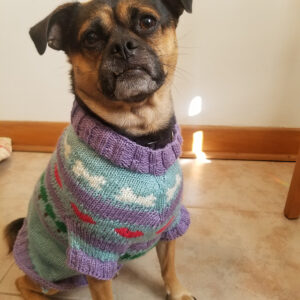
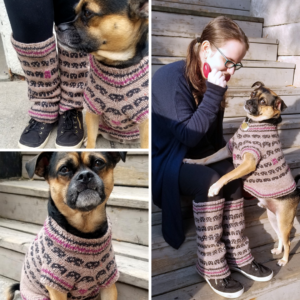
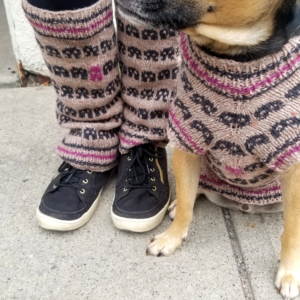

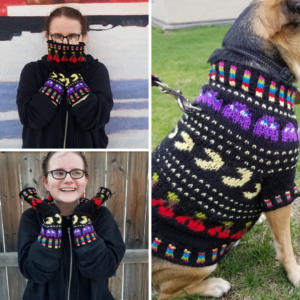
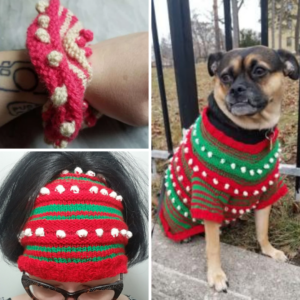
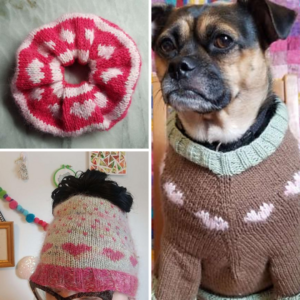

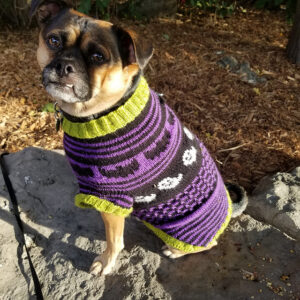
Leave a Reply